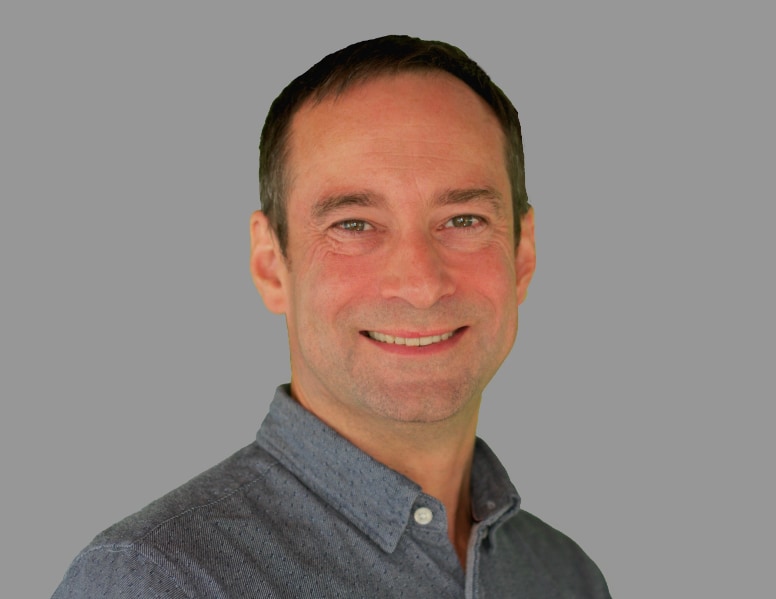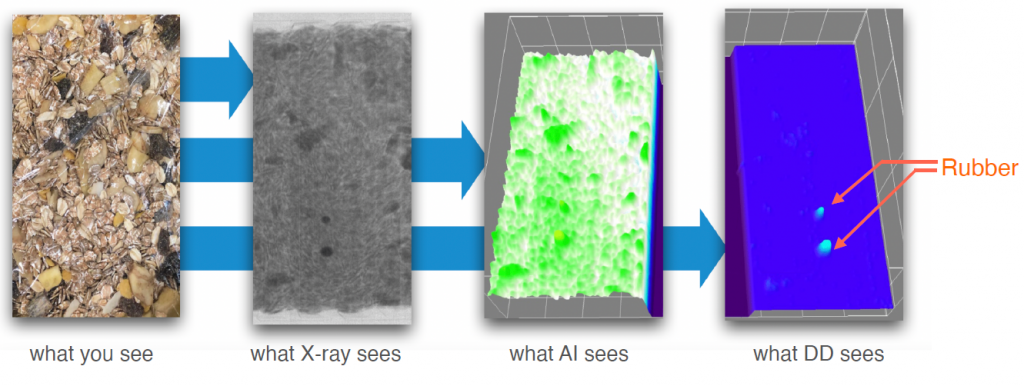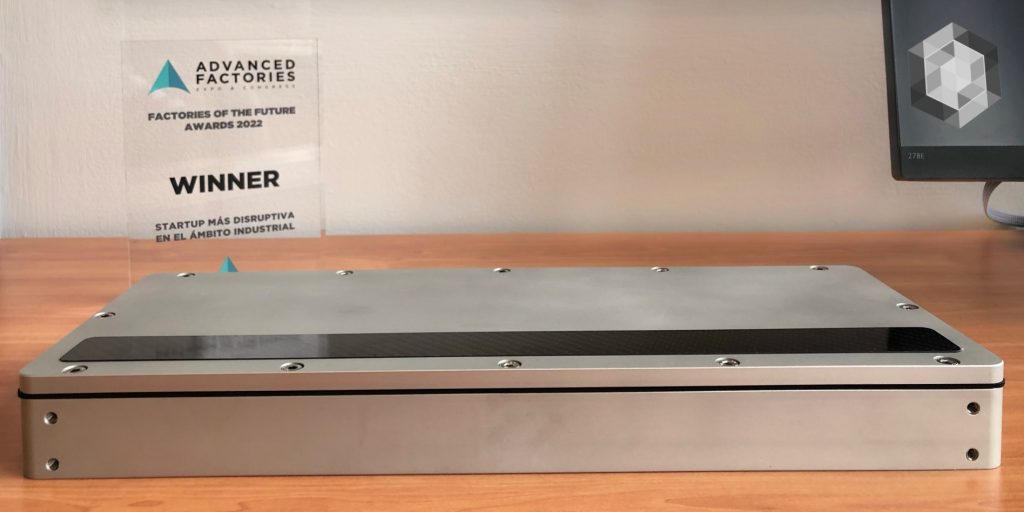
Deep Detection is a spin-off from IFAE (Institut de Física d´Altes Energies), part of the Autonomous University of Barcelona (UAB). To help customers maintain the quality and safety of their products, Deep Detection has developed a new generation of X-ray cameras that go beyond the detection limits of conventional technology. How did they make their journey from an academic design to an industry-transforming product? What challenges did they encounter on the way? We discussed these questions with Colin Burnham, the co-founder and COO of Deep Detection.

Colin Burnham is the Co-Founder and Chief Operating Officer of Deep Detection S.L. which is dedicated to better inspection for a safer and more circular world. Prior to planning his transition into deep tech scale up he was an R&D head for European F&B and an executive board member. He developed a passion for bringing teams and technology together to create groundbreaking innovation in consumer products, nutrition, ingredients and advanced manufacturing for some of the world’s favourite brands.
Colin holds a Chemistry BSc from the University of Birmingham and a Masters in UAV and Remote Sensing technologies from Universitat Politècnica de Catalunya.
X-ray used in industrial inspections was black and white until Deep Detection introduced the benefits of colour using photon counting. Colin Burnham explains: “X-rays carry information about the materials they pass through. The only way to unlock this information is to turn to photon counting. The detector directly measures X-rays and bins individual photons by their energy. This unlocks multi-energy or “colour” X-ray that allows us to improve inspection by detecting very small, high-risk foreign objects and lightweight contaminants, such as plastics. It is highly important for the Food and Beverage market, which we decided to focus on first.”

Today, the mission of Deep Detection is to bring photon-counting X-ray detectors to mainstream industrial inspection. In the meantime, their technology is also highly appreciated in other fields. For instance, Mayo Clinic – an American academic medical centre focused on research – commented: “This type of advance in an imaging modality only comes along every couple of decades”.
How did Deep Detection achieve these impressive results?
It all began with a design created in IFAE. First prototypes were fabricated, packaged and tested using Multi-Project Wafer (MPW) services provided by EUROPRACTICE.
Colin Burnham offers insights into the technology: “The technology itself originated in particle detection. It was used, for instance, in High Energy Physics (HEP), galactic observation of X-ray and medical applications. Seeing an opportunity, researchers from IFAE chose to work on the ground-up design of a detector for industrial scanning. The focus has been to design a version of the technology suitable for industry, to make it affordable, robust, and effective in industrial scan applications.”
The Deep Detection team met through the Collider program of the Mobile World Capital accelerator, which helps create innovative technology start-ups by connecting scientific and entrepreneurial talents. To go to the next level and grow their enterprise, the team decided to participate in engineering runs with full wafers. This opportunity was also provided by EUROPRACTICE.
“We were really happy with the support and guidance we received from EUROPRACTICE, not only on chip fabrication but also on software and design tools. We opted for the Proof-of-Concept Cadence license, which EUROPRACTICE makes available to academic spin-offs, in order to further develop our ASIC design and complete the first engineering runs. That allowed us to improve the functionality and stability of the research design to be industrially ready,” elaborates Colin.

Today, the Deep Detection team includes seven professionals with backgrounds in several different disciplines: microelectronics, High Energy Physics, AI and hardware development. Colin says: “Half our team came from academia to their first role in industry. It is a big adaptation, and they have really thrown themselves into the challenges, combining their research disciplines with creative solutions and adapting to the pace of a small tech company.”
The team stays steadily on course for commercialisation next year: “Our objective has always been to move from spin-off to scale-up in under three years from the founding. We built our strategy around market needs, and we are proud to say it has withstood the real-world tests and remains on target for market introduction in 2023,” concludes Colin.
